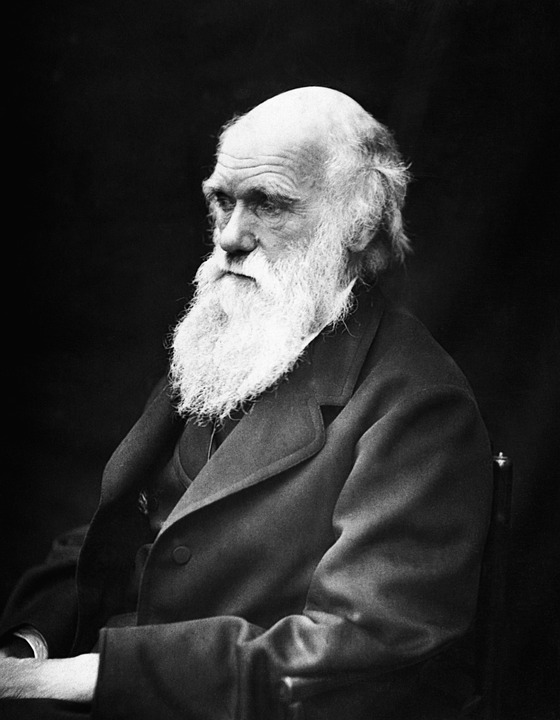The Evolution of Pop Music: Trends and Transformations
Pop music has been a ubiquitous part of our cultural landscape for decades, shaping the way we think, feel, and interact with the world around us. From its origins in the early 20th century to its current form in the digital age, pop music has undergone numerous transformations and trends that have influenced generations of music lovers.
Early Beginnings
The term “pop music” originated in the 1950s as a shorthand for “popular music,” referring to the music that was most widely consumed and enjoyed by the general public. Pop music in its early days was heavily influenced by genres such as jazz, blues, and rock and roll, with artists like Elvis Presley, The Beatles, and Madonna dominating the charts.
One of the defining characteristics of early pop music was its catchy melodies, simple lyrics, and infectious beats that made it easy for listeners to sing along and dance to. The rise of radio and television in the mid-20th century also played a significant role in popularizing pop music, as artists could reach a wider audience and connect with fans across the globe.
Golden Age of Pop
The 1980s and 1990s are often regarded as the “golden age” of pop music, with artists like Michael Jackson, Whitney Houston, and Madonna dominating the charts and setting new trends in fashion and music videos. The rise of MTV in the 1980s also had a profound impact on the music industry, as artists began to use music videos as a way to promote their songs and reach a younger audience.
One of the key trends of this era was the fusion of different musical styles, such as pop, rock, hip-hop, and R&B, which created a diverse and eclectic sound that appealed to a wider audience. Artists like Prince, Janet Jackson, and George Michael helped to push the boundaries of pop music and explore new sonic territories.
Digital Revolution
The advent of the internet in the late 20th century marked a significant shift in the way music was consumed and distributed, leading to the rise of digital music platforms like iTunes, Spotify, and YouTube. This digital revolution had a profound impact on the music industry, as artists could now reach fans directly and bypass traditional record labels and distributors.
One of the key trends of the digital age is the rise of social media and online streaming, which has enabled artists to connect with fans in new and innovative ways. Platforms like TikTok and Instagram have become essential tools for artists to promote their music and engage with their audience, shaping the way pop music is marketed and consumed.
Current Trends
In the 21st century, pop music has become more eclectic and diverse than ever, with artists like Beyoncé, Taylor Swift, and Drake pushing the boundaries of the genre and exploring new sonic territories. The rise of streaming services like Spotify and Apple Music has also democratized the music industry, making it easier for independent artists to reach a wider audience and connect with fans.
One of the key trends of current pop music is the blurring of genre boundaries, with artists incorporating elements of hip-hop, R&B, electronic dance music, and rock into their music. This fusion of styles has led to a more diverse and eclectic sound that reflects the diverse tastes and influences of today’s listeners.
Future of Pop Music
As we look to the future, it’s clear that pop music will continue to evolve and transform in response to new technologies and cultural trends. The rise of artificial intelligence and virtual reality has the potential to revolutionize the way music is created and consumed, offering artists new tools and platforms to express themselves in innovative ways.
One thing is certain: pop music will always be a reflection of the times we live in, capturing the hopes, fears, and dreams of people around the world. As long as there are artists who are willing to push the boundaries and push the limits of what pop music can be, the genre will continue to thrive and reinvent itself for generations to come.
Conclusion
Pop music has come a long way since its early beginnings in the 20th century, evolving and transforming in response to new technologies, cultural trends, and artistic influences. From its catchy melodies and infectious beats to its diverse and eclectic sound, pop music has continued to push the boundaries of what is possible and redefine the way we think about music.
As we look to the future, it’s clear that pop music will continue to adapt and evolve in response to new technologies and cultural shifts, offering artists new opportunities and challenges to explore. One thing is certain: pop music will always be a reflection of the times we live in, capturing the hopes, fears, and dreams of people around the world.
So, as we continue to listen, dance, and sing along to the latest pop hits, let’s celebrate the evolution of this iconic genre and the artists who continue to push the boundaries and shape the future of music.

Leave a Reply